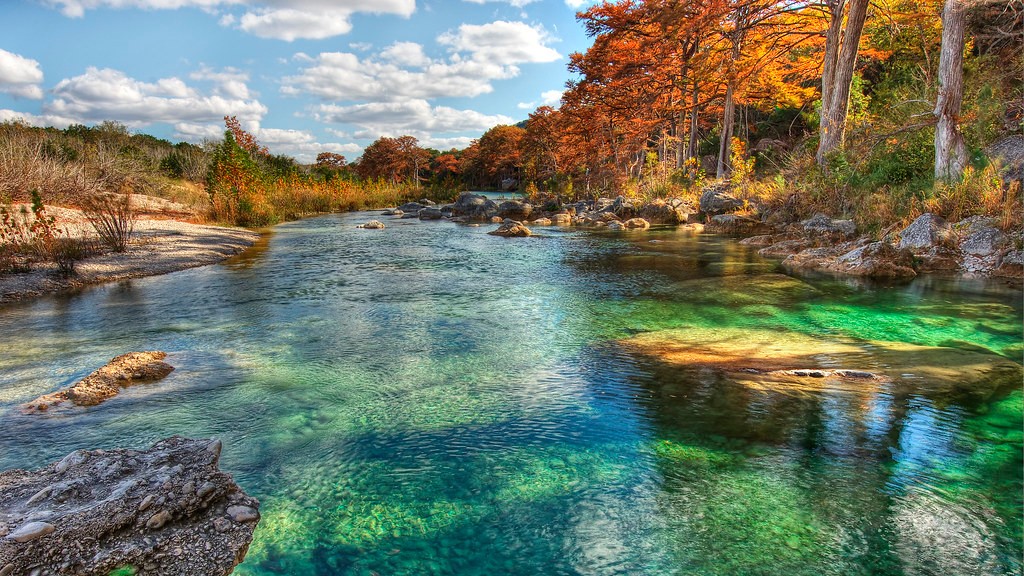The Mississippi River, which starts in Minnesota and flows south to Louisiana’s Gulf of Mexico, is experiencing lower water levels than usual. This applies to many of the other navigable rivers across the United States, a sign that the climate is changing. The critically low water levels can wreak havoc on wildlife, recreation, and transportation, causing major disruptions for many nearby towns.
The cause of the low river levels is linked to the past few years’ weather patterns. While some years have been relatively dry, others have seen more precipitation than usual, resulting in temporary higher water levels. For the last decade, though, in general, the trend has been toward drier rivers and lakes.
Experts say that the unusually high temperatures are also playing a role. Warmer spring and summer months mean increased evaporation and less water running into the Mississippi River. Although some states and local governments have taken steps to manage their water resources, the US Army Corps of Engineers (USACE) must take responsibility for controlling the overall flow of water across all states.
The effects of the low river levels are far-reaching. Without proper water levels, farmers and businesses downstream will suffer, as will public transportation and even tourism. In addition, wildlife that rely on the river for food and habitat has been largely endangered. Local and state governments must work together to develop long-term plans to address the water crisis.
The USACE has proposed a plan, the Missouri River Recovery Program, to repair the damage done by a century of flooding and drought, as well as reduce chemical runoff from agricultural and industrial activities. The plan would create wetlands and incorporate structures such as levees or dikes to control the flow of water in the event of flooding.
Another program, the Upper Mississippi River System Plan, is designed to address issues related to navigation, hydropower and pollution. The plan calls for improved conservation practices, increased water storage and more efficient methods of water management. However, the plan and the Missouri River Recovery Program need federal approval, which could take years to get.
Most experts agree that it will take time and money to address the problem of low river levels on the Mississippi River, but it can be done. In the meantime, it is important for people to practice water conservation in order to help protect the river for future generations.
What Can Be Done to Help Increase Water Levels in the Mississippi River?
A number of measures can be taken to help increase river levels, both on an individual and a collective scale. On a local level, individual citizens can practice water conservation. This can include taking shorter showers, fixing dripping faucets, not overwatering lawns and gardens, recycling, and reducing water waste. This is especially important in areas chronically affected by drought.
In addition to water conservation, communities and states can join in standardizing water usage practices to promote better water conservation and storage. From planting trees to create shade, to using native plants that are better adapted to the local climate and soil conditions, to mandating the use of water-saving technologies such as low-flow toilets and faucets, there are a variety of programs and initiatives that can be adopted.
Finally, individuals can urge their representatives to call for larger-scale federal investment in water resources, including federal funding for water conservation, water storage technology, water purification and research, and water reclamation projects.
How Can People Help Protect Wildlife Affected by Low Water Levels?
Low river levels have a significant impact on wildlife populations, especially local freshwater species. One of the most effective ways to protect wildlife populations is to reduce habitat destruction. This can be done by limiting land use and preventing further encroachment into ecologically sensitive areas, such as protected wetlands.
When it comes to fishing, people can help by following sustainable fishing practices and regulations, such as catch and release methods, minimum size needs, and daily bag limits. These measures are designed to conserve fish populations and minimize the impact of fishing on wildlife.
It is also important to properly dispose of waste and debris, and to restrict runoff from entering the river. These measures will help reduce pollution and create clean water habitats for wildlife.
What Are the Benefits of Restoring the Mississippi Water Levels?
The restoration of the Mississippi River water levels could provide numerous benefits for the environment, economy, and health of its communities.The first would be to restore natural habitats for a variety of wildlife, promoting biodiversity.
Second, it would help protect water sources for drinking and irrigation, as well as providing better conditions for recreational activities such as fishing, boating, and swimming.
Third, it could enable more efficient transportation systems that rely on river barges to move cargo from one place to another. This would increase fuel savings and promote trade.
Finally, restoring water levels would increase the opportunities for hydropower, which is a clean, renewable source of energy.
What Are the Challenges to Restoring the Mississippi Water Levels?
The primary challenge to restoring the Mississippi water levels is the cost of the measures necessary to do so. This could include costly dredging and engineering projects, as well as more expensive water storage and water conservation measures.
Another challenge is the difficulty in gaining widespread public support for costly water restoration projects, especially in times of economic hardship. In addition, many states in the region have different approaches to water management, which can make collaboration difficult.
Finally, the lack of long-term planning for restoring the river’s water levels has been a significant issue. Without a comprehensive plan in place, it is much harder for local, state, and federal agencies to coordinate their efforts.
What Are the Solutions to Restoring the Mississippi Water Levels?
The solutions to restoring the Mississippi water levels are complex and multi-faceted. On the governmental level, changes and reforms to water management policies must be made and standardization of water practices across different states must be implemented.
On the community level, citizens must be educated on water conservation and aware of the need to practice responsible stewardship of the river.
Individuals can also join their local watershed organizations and support programs that increase the efficiency of water use, as well as lobby their governments and representatives to fund water restoration projects.
Finally, various agencies must work together to develop long-term plans that focus on not only restoring the water levels, but also implementing better methods of water management. Great attention must be paid to preserving the overall health of the river and protecting the area’s wildlife.

